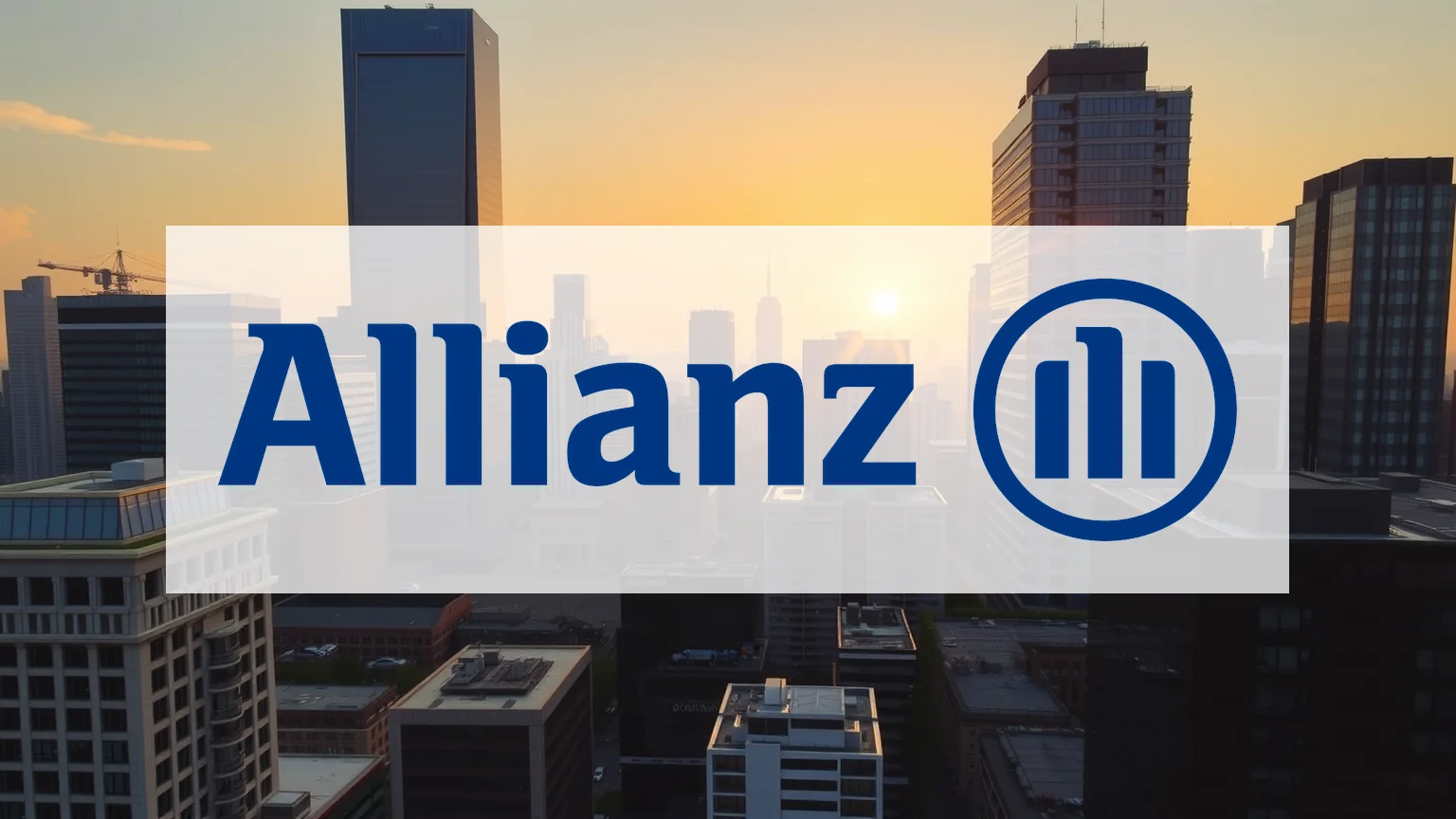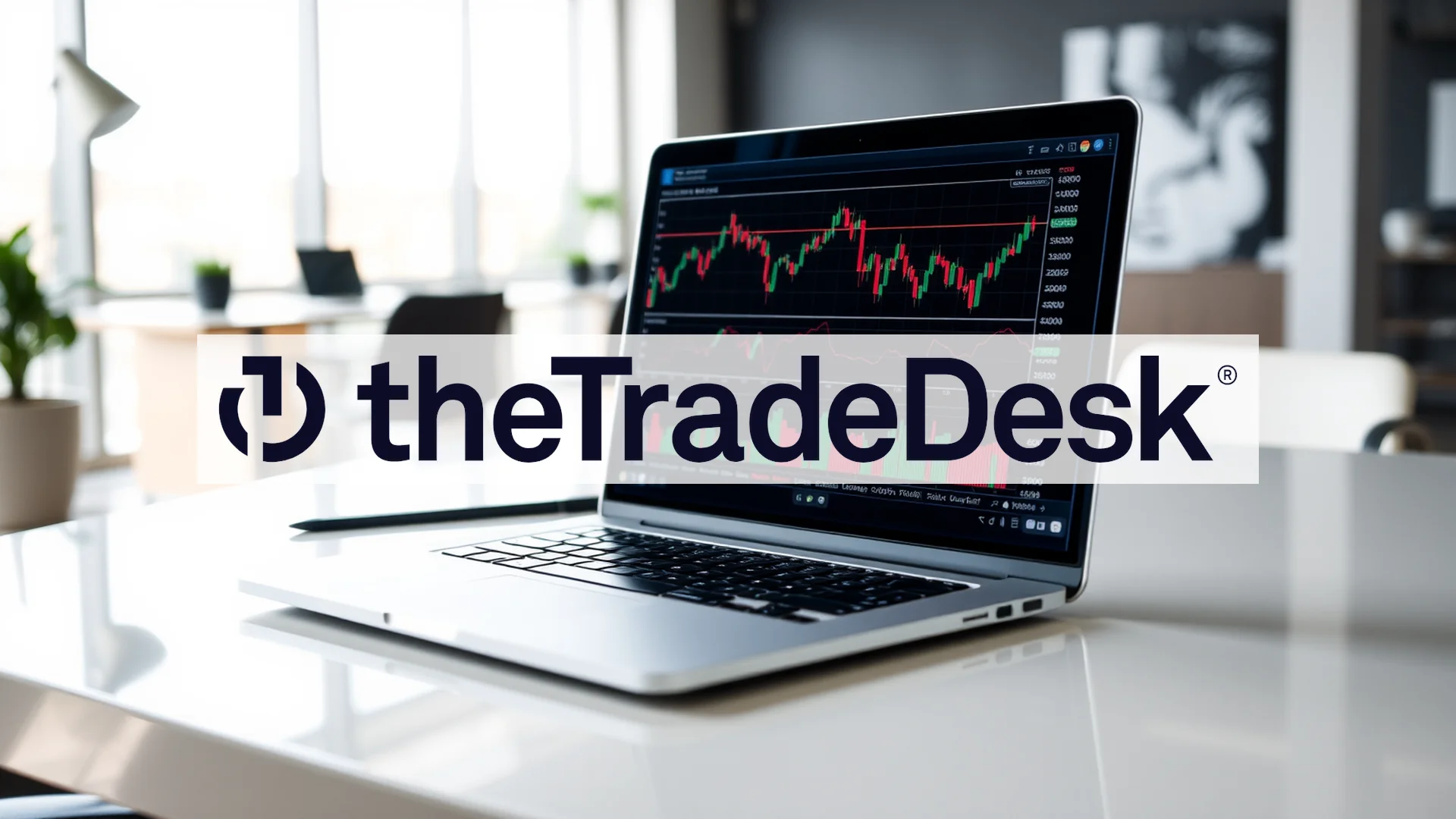A dividend yield exceeding 12% presents an alluring proposition for income-focused investors. However, a closer examination of Trinity Capital reveals a potentially precarious situation brewing beneath the surface. The financial services provider has proudly distributed its 23rd consecutive quarterly dividend, yet its payout ratio is approaching a concerning 97%, raising serious questions about the long-term viability of its generous distributions.
A Precarious Payout Ratio
The core of the concern lies in the company’s payout sustainability. Analyst projections for the coming year indicate a payout ratio of 96.68%. This figure implies that nearly all of Trinity Capital’s projected earnings would be directed to shareholders, leaving an exceptionally thin margin to absorb any unexpected economic setbacks or to fund internal growth initiatives. This scenario places the current dividend policy under intense scrutiny.
The company is caught in a classic bind. On one hand, it aims to retain investor loyalty through attractive payouts. On the other, without substantial earnings growth, it faces the increasing likelihood of being forced to reduce its dividend. The recent decision to raise the quarterly dividend to $0.51 per share appears more as a bold gamble than a demonstration of robust financial health against this backdrop.
Growth Ambitions and Capital Constraints
Compounding the pressure from its high dividend obligations, Trinity Capital is simultaneously pursuing an ambitious investment strategy. The company has committed $100 million to Angel Studios and provided a $50 million financing package to Nalu Medical, signaling its growth ambitions in the media and medical technology sectors. These ventures, while promising, also tie up significant capital that could otherwise serve as a buffer.
Should investors sell immediately? Or is it worth buying Trinity Capital?
This leads to a critical question for investors: Will these investments generate returns quickly enough to support the substantial ongoing dividend burden?
Recent quarterly results did offer a glimmer of operational strength. The company reported net investment income of $34.8 million and a 35.8% year-over-year increase in net asset value per share, which reached $13.27. The fundamental challenge remains whether this performance level is sufficient to simultaneously finance new growth investments and maintain the lavish dividend.
Mixed Signals from Insiders and Analysts
Market participants are sending conflicting signals. Insiders have demonstrated confidence by purchasing over $114,000 worth of shares in the last three months. In contrast, the analyst community maintains a cautious stance. The consensus recommendation remains a “Hold,” with an average rating of 2.25, reflecting the ongoing tension between the attractive yield and the palpable sustainability concerns.
The coming quarters will be decisive for Trinity Capital. The company must successfully execute the difficult balancing act of funding its expansion while preserving its coveted shareholder payments. If growth fails to materialize as anticipated, the very dividend policy that attracts investors could rapidly transform into their greatest financial risk.
Ad
Trinity Capital Stock: Buy or Sell?! New Trinity Capital Analysis from December 21 delivers the answer:
The latest Trinity Capital figures speak for themselves: Urgent action needed for Trinity Capital investors. Is it worth buying or should you sell? Find out what to do now in the current free analysis from December 21.
Trinity Capital: Buy or sell? Read more here...










